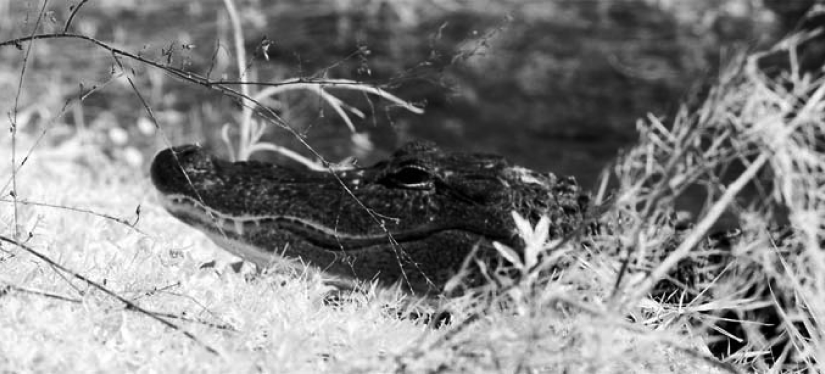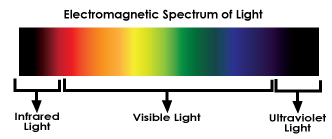
Infrared photography is quite literally the capturing of invisible light.
It requires special equipment and skills that are altogether different than that of traditional photography.

ABOUT B&W "INFRARED" PHOTOGRAPHY
“Infrared" photography captures light that is otherwise invisible to the human eye. The Infrared spectrum lies between the visible light and heat radiation. The human eye can see wavelengths from about 400nm-700nm (from purple to red); infrared is the light beyond 700nm. IR photography can be done with either infrared film, or a digital camera, and typically involves near infrared light in the 700nm to 1200nm range. This is different than thermal infrared, which images far into the infrared spectrum.

The above is the technical explanation. From an artistic point-of-view, Infrared photography captures what we perceive, but do not see. Infrared photography captures the ethereal qualities of light. It allows us to see what we otherwise experience, mostly unaware of the beauty of the intense radiant light and its resulting shapes and shadows.
For the art photographer, Infrared film or digital capture provide some very distinct effects which make them aesthetically pleasing. The most striking difference is the “Wood Effect”, an effect where leaves reflect light giving them a bright white look. This effect is named after the photographer Robert W. Wood, who is considered the father of infrared photography. This effect is utilized for landscape photography where it can be used to produce surreal color landscapes or high contrast B&W photographs. The chlorophyll of the foliage can be seen glowing as it takes in the energy of the sun. Waterways become large mirrors as light bounces off them reflecting images of the tropical world above. Shadows are revealed as deep, humid, and dark.
SHOP for fine art, the various Infrared photography books, and fashion items designed by A.E. Samaan. In this shop you can find items expanding on the themes of projects such as Shades Of Vanity, Somatic Canvas, Unyielding Vastness, and other creative photography series by A.E. Samaan.




